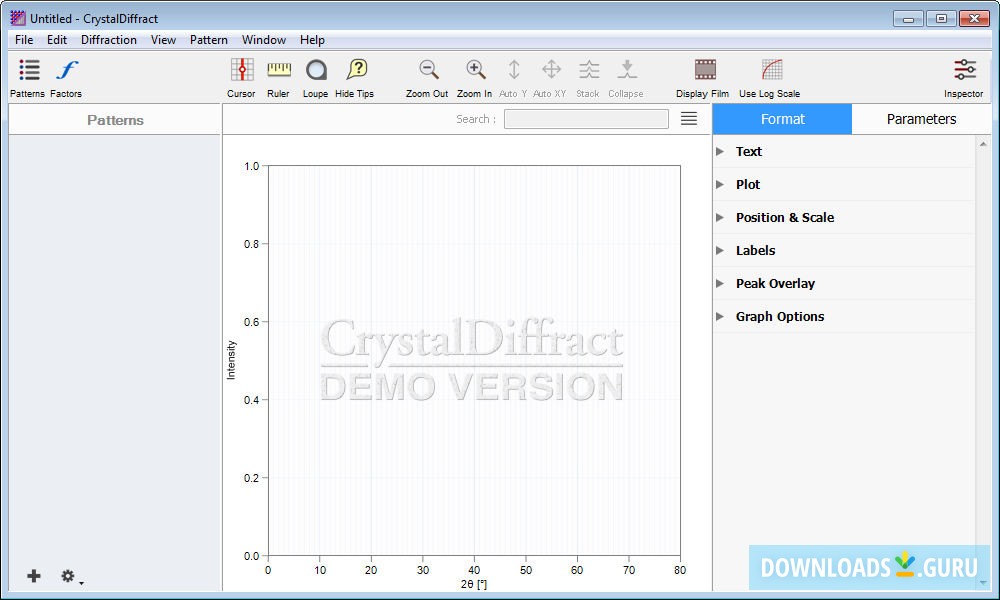

In many cases these structures persist in a wide variety of molecular environments, e.g. While many biological macromolecules can undergo conformational transitions, these are typically between well defined structures. Such investigations are of increasing importance in the study of both naturally occurring and synthetic polymers. The fibrous state is particularly well suited to the investigation of structural transitions in the conformation of polymer molecules and in their arrangement.

The use of such descriptions can have a dramatic effect on the ratio of observed data to parameters to be determined and hence on the accuracy with which fibrous structures can be determined.

the torsional angles about the various covalent single bonds. 3.īecause of the high degree of regularity in helical structures and the availability of information on covalent bond geometry from X-ray single crystal studies of model compounds, it is possible to describe the conformation of many fibrous polymers in terms of a relatively small number of parameters, i.e. in commercially available sheets and fibres. Fibre diffraction provides the opportunity to investigate these structures in functionally important situations, e.g. The technological value of many synthetic polymer materials can be related to their molecular conformation and arrangement, typically expressed in terms of the degree of polymer orientation and crystallinity. The validity of this claim may be demonstrated by the following points: 1.įor many biological structures such as muscle and connective tissue, the fibrous state is functionally important and fibre diffraction techniques therefore allow both the structure of the macromolecules themselves and their organization in higher order structures to be investigated with the minimum of disturbance to the in vivo structure. The G-quartets are only slightly tilted with respect to the helix axis so that the overall appearance is remarkably similar to that of a somewhat wider B-DNA double helix-it is necessary to examine the poly (rG) helix closely to realize that it is a four-fold helix and not a double helix!įibre diffraction is one of the most powerful and generally applicable techniques available for the study of macromolecular structure. The arrangement, as defined from fiber-diffraction analysis, is of a right-handed helix with an axial translation per G-quartet of 3.4 Å, a rotation per G-quartet of 31° and C2′- endo sugar puckers ( Arnott, Chandrasekaran & Marttila, 1974). These analyses all conclude that poly (rG) forms a four-stranded continuous helical structure ( Figure 2–2) whose dimensions are fully consistent with the structural motif being the G-quartet. Representation of the poly (rG) four-fold helix, with the phosphate groups shown by highlighted shading.įiber diffraction studies have also been undertaken on polynucleotides comprising solely guanosine repeats ( Arnott, Chandresakaran & Marttila, 1974 Zimmerman, Cohen & Davies, 1976), and extensive biophysical studies have been reported on them (Thiele & Guschelbauer, 1971 Howard, Frazier & Miles, 1977). needs for training pitch, harmonies and rhythms! All together the exercises areas will help you enhance your musicality and improve your playing! EarMaster includes two advanced Tutors that will.
#CRYSTALDIFFRACT 1.4 DOWNLOAD FOR MAC OS X#
Top Software Keywords Show more Show lessĮarMaster Pro for Mac OS X 7.0.8 download


 0 kommentar(er)
0 kommentar(er)
